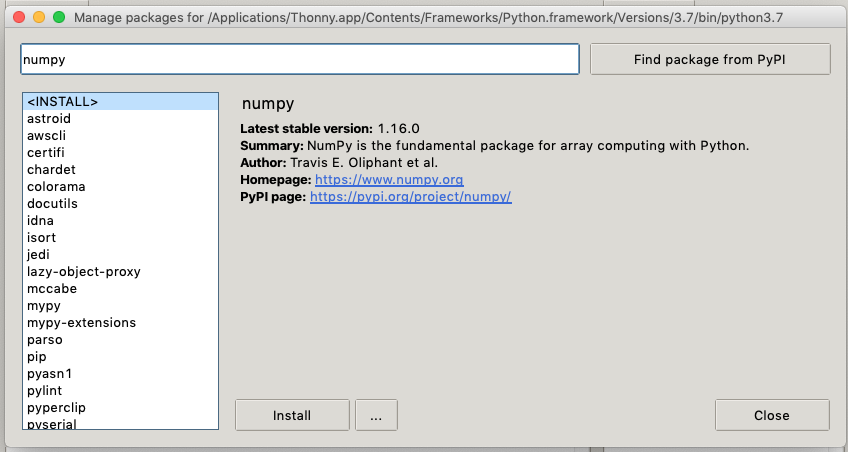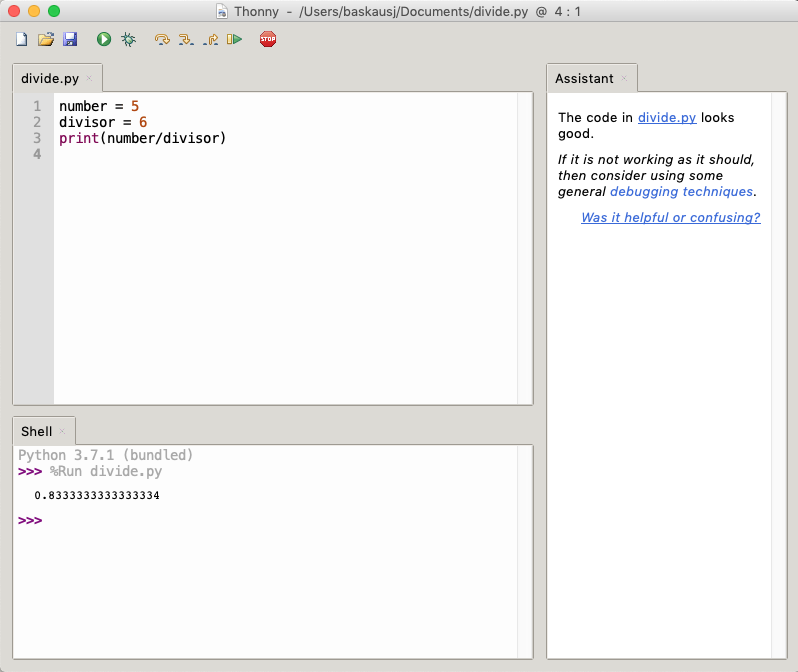

The “rounding half up” strategy rounds every number to the nearest number with the specified precision, and breaks ties by rounding up. After rounding up or down, you can actually remove a lot of precision as well as alter computations. Rounding a number up or down has extreme effects in a large dataset. Here we are using math.floor() instead of math.ceil(). This is quite similar to round_up() function. Return math.floor(n * multiplier) / multiplier Here’s the definition of round_down(): def round_down (n, decimals=0): For “rounding down” we first need to round the floor of the number once the decimal point is shifted. Math.ceil() is used to round up to the ceiling of the number once the decimal point is shifted. Firstly you will have to shift the decimal point and then round an integer.

In Python, rounding down can be implemented using a similar algorithm as we truncate or round up. Similar to rounding up we have another strategy called rounding down where Value Rounding up always rounds a number to the right on the number line, and rounding down always rounds a number to the left on the number line. Round up to the right and down to the left. You can follow the diagram below to understand round up and round down. You can pass negative values to decimals, just like we did in truncation. Let’s look at how round_up() function works with various inputs: > round_up( 3.1 ) Return math.ceil(n * multiplier) / multiplier
Thonny number lines code#
Let us look into a short code to implement the “rounding up” strategy using round_up() function: def round_up ( n, decimals=0 ): If you notice you will see that the ceiling of -0.5 is 0, and not -1. It always returns the closest integer which is greater than or equal to its input. In Python, the function to implement the ceiling function is the math.ceil() function. Therefore, ceiling of 5.2 is 5, and floor of 5.2 is 4. Here, ceiling is the higher endpoint of the interval, whereas floor is the lower one. For example, considering a number 5.2, this will lie between 4 and 5. In Python, for “rounding up” we use two functions namely,Ī non-integer number lies between two consecutive integers. The term ceiling is used in mathematics to explain the nearest integer which is greater than or equal to a particular given number. There is another strategy called “rounding up” where a number is rounded up to a specified number of digits. Let us look at the various rounding methods. Similarly, when we truncate a negative number, the number is rounded up. When a positive number is truncated, we are basically rounding it down. The truncate() function can also be used to truncate digits towards the left of the decimal point by passing a negative number. The truncate() function can be used for positive as well as negative numbers: > truncate( 19.5) In this method, each digit after a given position is replaced with 0. It is one of the simplest methods to round a number which involves truncating a number to a given number of digits. Truncation, as the name means to shorten things. But before that, here we will learn some of the techniques to rounding a number. For better understanding, these diverse methods for rounding beginner learners can take an advanced python course as well. There are many ways to round a number with its own advantages and disadvantages. Let us look at the variety of methods to round a number. In this article you will learn a few other ways to round a number. This is not a bug, the round() function behaves this way. The function round() rounds 1.5 up to 2, and 2.5 down to 2.

TypeError: type str doesn' t define _round_ method For a decimal number, if the last digit after the decimal point is >=5 it will round off to the next whole number, and if =5.For an integer, 12, it rounds off to 12.In case, if it is missing then round() function returns: number of digits (Optional) - number of digits up to which the given number is to be rounded.The parameters in the round() function are: The inbuilt Python function round() makes it simple and easy. It is important to quickly and readily round numbers while you are working with floats which have many decimal places. However, the number 4.74 will be rounded to one decimal place to give 4.7. It will be rounded to the nearest whole number which is 5. Suppose, you want to round off a number, say 4.5.


 0 kommentar(er)
0 kommentar(er)
